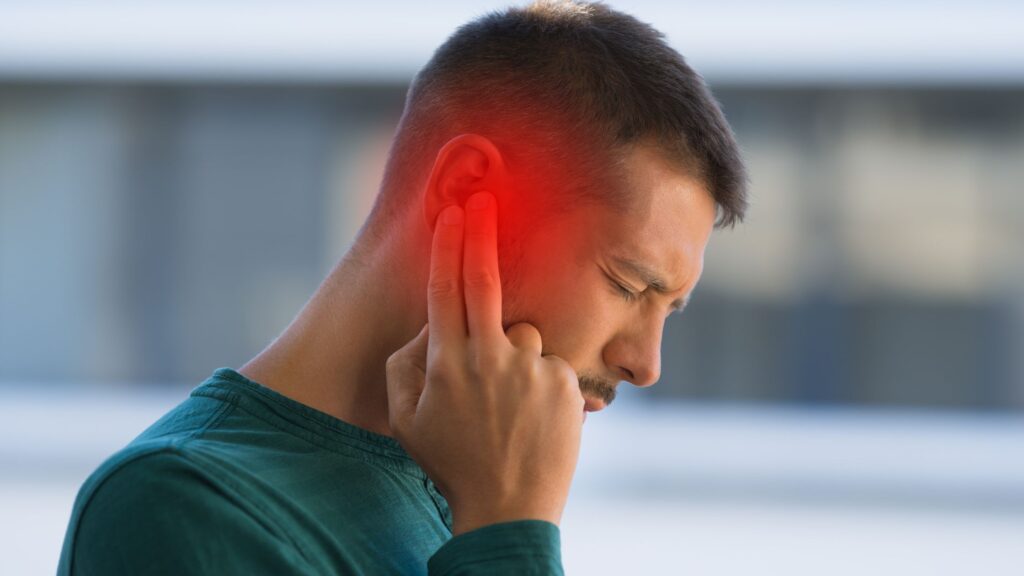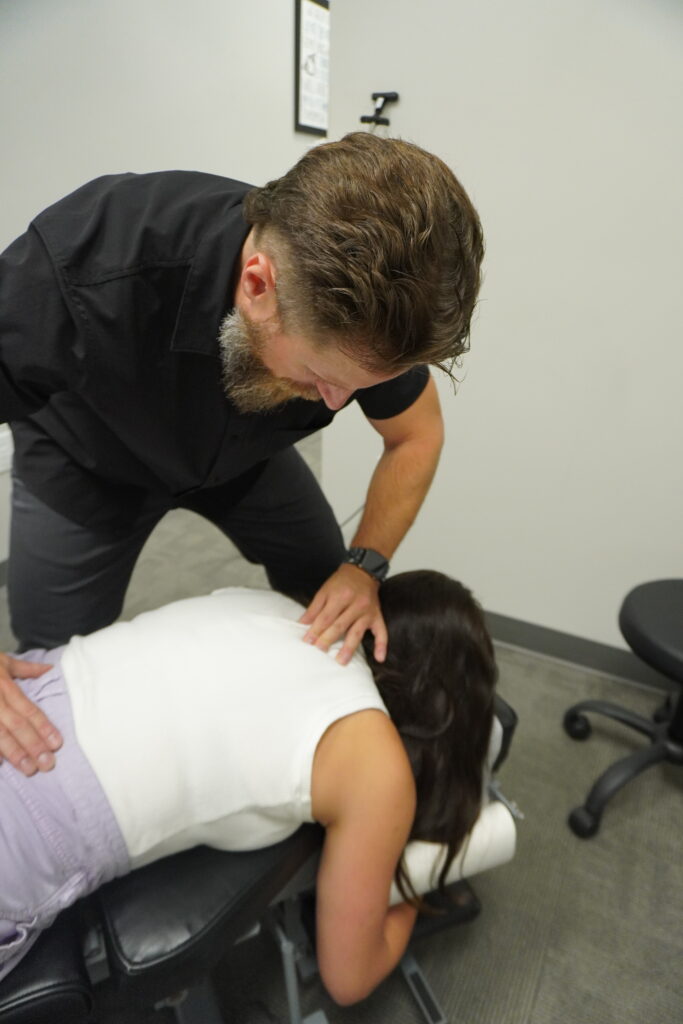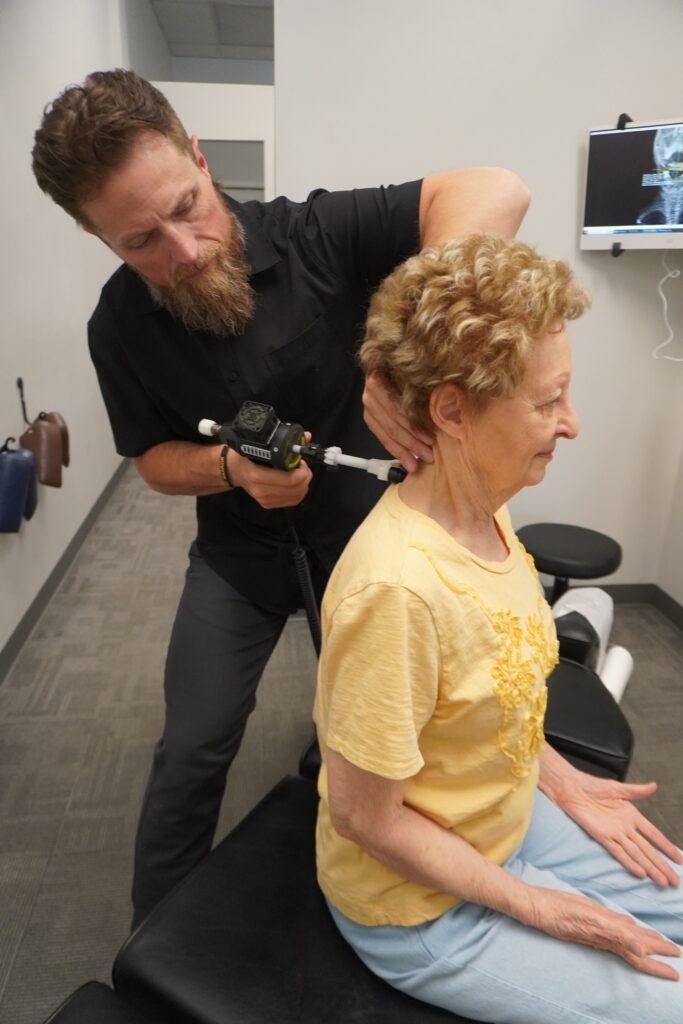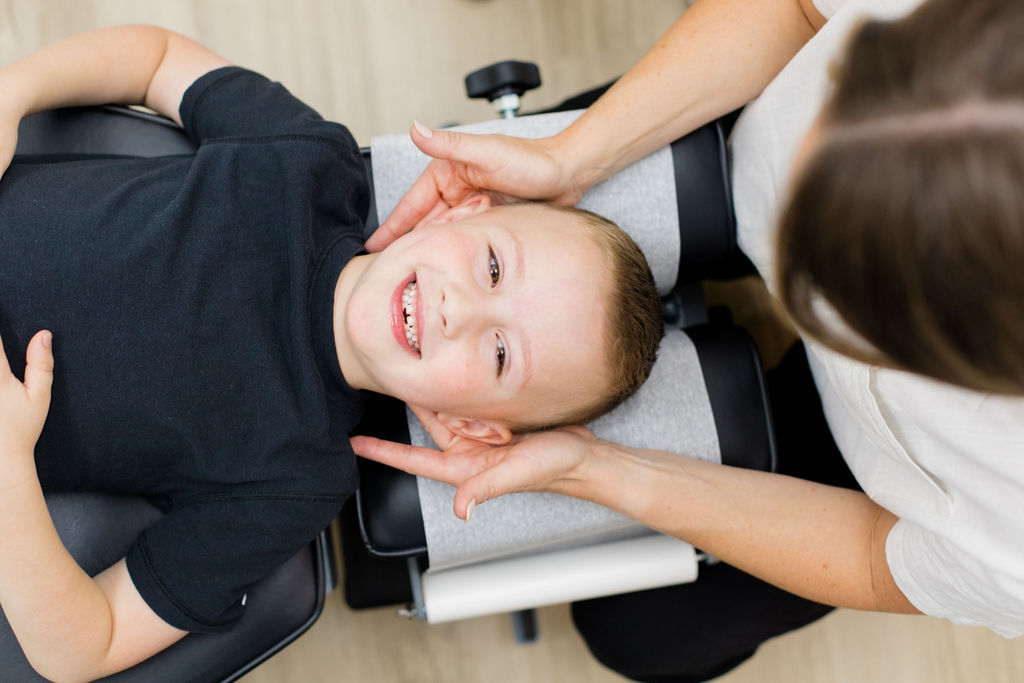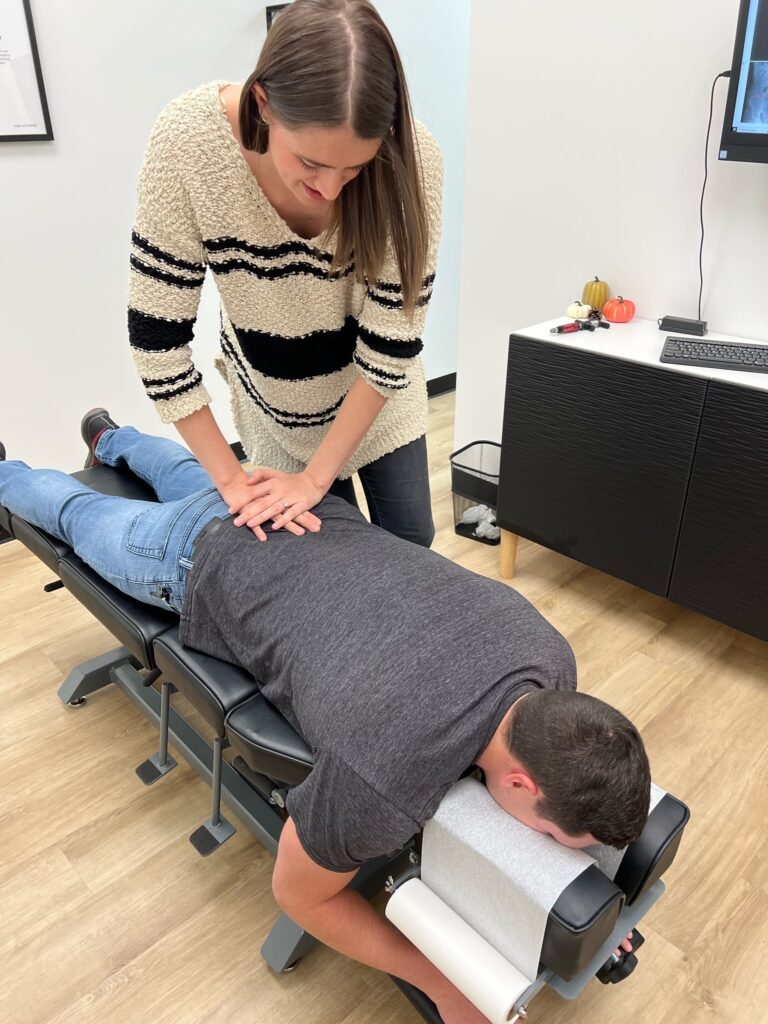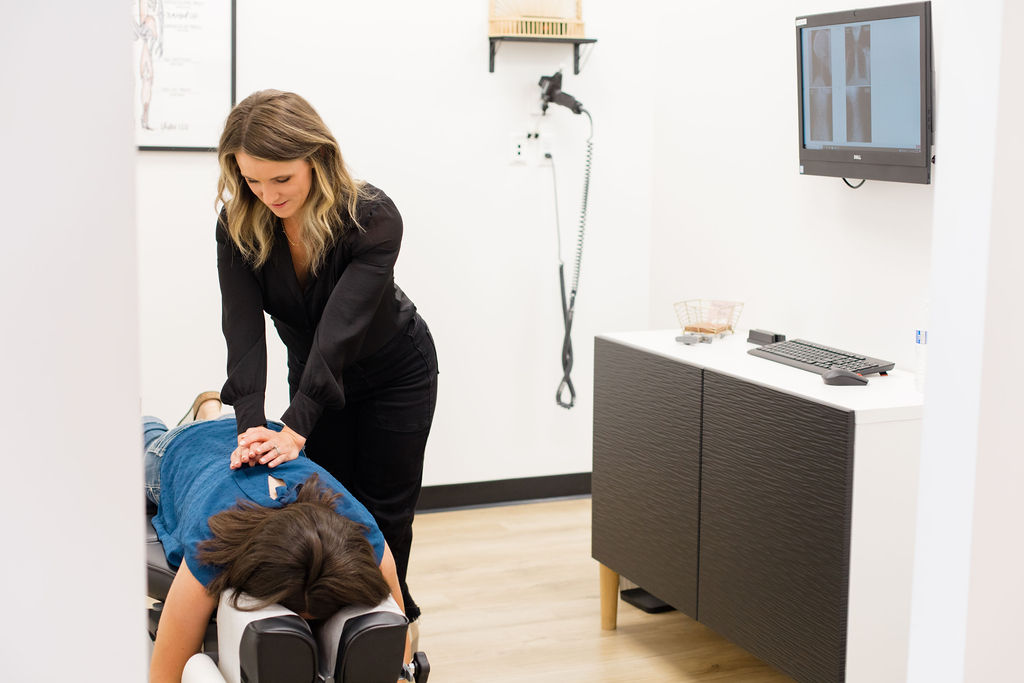The joints in our ankles support our body weight and help in mobility. They are therefore more prone to pain, inflammation, and injury. You may know how impairing ankle pain or discomfort can be if you have ever had it. Your everyday tasks are delayed, and it impacts your general quality of life.
Appropriate treatment for successful healing and rehabilitation while dealing with ankle injury is important. You can use chiropractic treatment for ankle pain to improve mobility, and reduce inflammation.
By focusing on the entire body and not just the injured area, chiropractic care promotes overall wellness and supports a faster recovery
Understanding Ankle Inflammation and Injuries
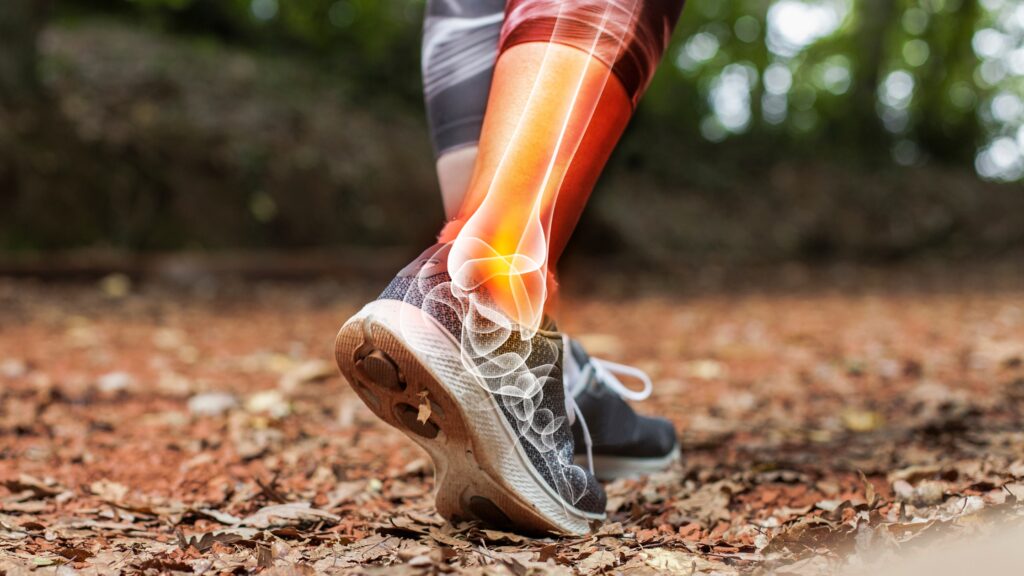
Ankle inflammation is a common symptom of sprains, strains, arthritis, and even tendinitis. It occurs when soft tissues around the ankle joint become irritated or swollen, leading to pain and limited range of motion.
According to the Journal of Sports Medicine and Therapy, approximately 30,000 ankle injuries occur every day in the United States. These conditions can become chronic if not treated correctly, impacting both physical activity and quality of life.
Chiropractic treatment for ankle pain offers a different approach by addressing both joint and soft tissue issues. It provides a faster and more holistic recovery process.
How Chiropractic Treatment for Ankle Pain Helps
Chiropractor for ankle injuries focuses on the alignment of the musculoskeletal system, which includes joints, tendons, and ligaments. Here are several ways chiropractic treatment for ankle pain can assist with recovery:
- Joint Realignment: If the ankle joint becomes misaligned, it can lead to improper weight distribution and further strain on the area. By using targeted adjustments, chiropractors can realign the ankle joint, promoting better healing and reducing pain.
- Soft Tissue Therapy: In addition to joint adjustments, chiropractors use techniques like myofascial release and muscle stimulation to reduce inflammation and relax tight muscles around the ankle, which accelerates the healing process.
- Mobility Restoration: In cases where ankle injuries limit movement, chiropractors can work on restoring flexibility and improving range of motion, allowing you to regain mobility faster and prevent stiffness.
- Reducing Chronic Pain: By treating the root cause of pain a chiropractor can assist in managing chronic issues. Numerous joint-related problems have been found to benefit from chiropractic adjustments in terms of pain treatment.
Chiropractic Techniques for Ankle Inflammation Treatment
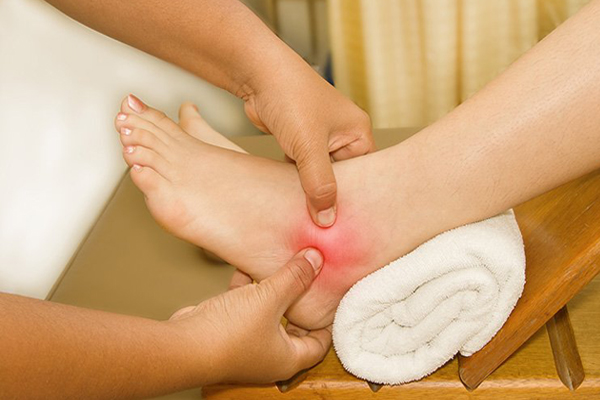
Specialized approaches are used in chiropractic treatment for ankle inflammation, all of which are intended to help with pain management, inflammation reduction, and improved functionality.
1. Ankle Adjustments
The ankle bones can be realigned with mild, controlled motions called ankle adjustments. By enhancing circulation and relieving strain on inflamed tissues, these modifications aid in the reduction of discomfort and inflammation.
2. Graston Technique
This method breaks out scar tissue and adhesions around the ankle by massaging the deep tissues using instruments. By increasing blood flow, this treatment speeds up the healing process and is advised for ankle sprains or strains.
3. Cold Laser Therapy
Using low-level laser beams, cold laser treatment is a non-invasive method that helps in tissue restoration and pain management. It promotes cell regeneration in the afflicted area and helps reduce swelling, especially in cases of acute ankle inflammation.
4. Therapeutic Exercises
Customized exercises from chiropractors help to improve stability by strengthening the ankle joint and surrounding muscles. Exercises involving balance can be highly beneficial for increasing ankle strength and range of motion, which lowers the risk of re-injury.
Benefits of Chiropractic Care for Foot and Ankle Pain
Choosing chiropractic care for inflammation and ankle pain has several immediate and long-term advantages.
- Holistic Pain Management: By addressing the fundamental reasons for inflammation and pain rather than just its symptoms, chiropractic adjustments can provide longer-lasting pain relief.
- Reduced Dependence on Pain Medication: Chiropractic care for foot and ankle pain uses natural techniques to reduce discomfort, in contrast to traditional therapies that frequently include painkillers.
- Faster Recovery Time: Chiropractic interventions, such as adjustments and cold laser therapy reduce inflammation quickly, speeding up recovery from acute ankle injuries.
- Lower Risk of Chronic Ankle Problems: By improving joint alignment, chiropractic care can help prevent chronic conditions such as arthritis and tendinitis.
- Athletic Performance: Athletes often find chiropractic care beneficial, as it promotes quick recovery and can prevent injuries, enabling peak performance.
When to See a Chiropractor for Ankle Inflammation
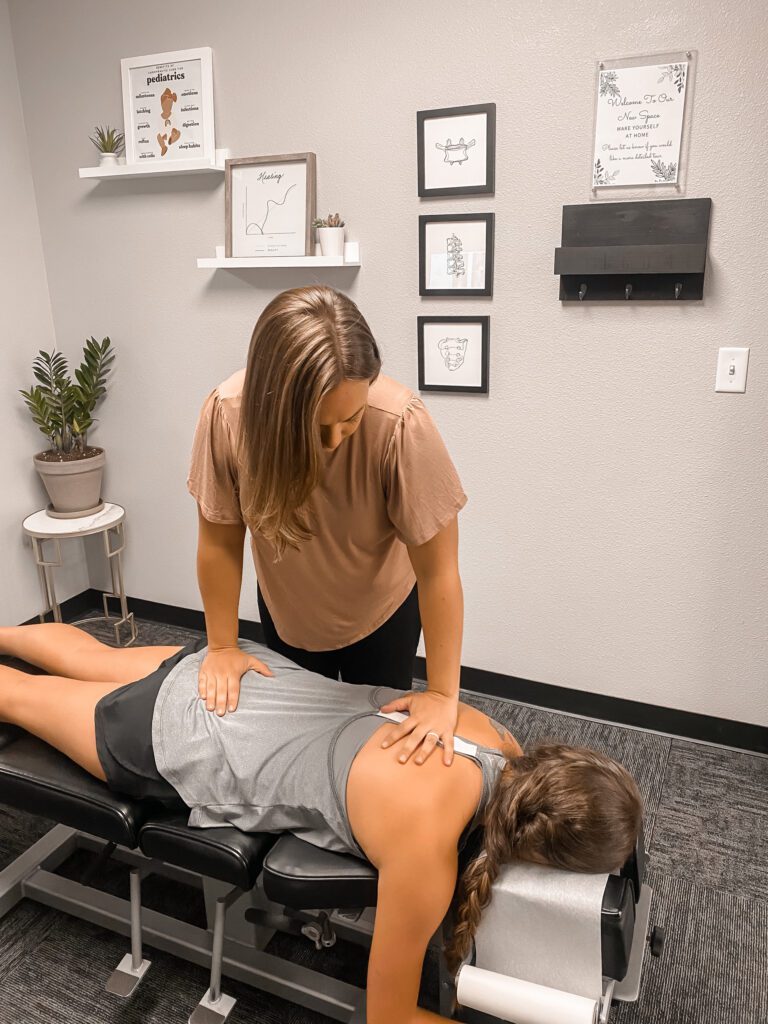
Determining whether you should see a chiropractor for ankle inflammation depends on several factors. The following are some indicators that you may require chiropractic care::
- Persistent or worsening pain, despite rest and basic home remedies
- Restricted ankle mobility that interferes with day-to-day tasks
- A history of sprains or persistent ankle problems
- Stiffness or swelling in the ankle that doesn’t improve with time
Always see a doctor for imaging or other evaluation to rule out fractures if the ankle injury is followed by significant edema or an inability to support weight.
Chiropractic Care for Ankle Pain: Statistics and Success Rates
According to studies, Chiropractic treatment for ankle pain is a good way to manage joint discomfort. After receiving chiropractic care, individuals with persistent ankle discomfort reported a 65% reduction in pain, according to research published in The Journal of Manipulative and Physiological Therapeutics.
For many patients with persistent or recurrent ankle issues, chiropractic treatment for ankle pain is a good alternative to surgery or medication because it is one of the few non-invasive therapies for ankle pain with low side effects.
Conclusion
Chiropractors can treat an inflamed ankle by addressing the root causes of pain and focusing on holistic healing techniques. Chiropractic care for foot and ankle pain provides multiple benefits for those dealing with ankle inflammation or injury.
For injuries related to trauma, such as those from accidents, check out our full range of auto accident services to support a faster recovery.
You can consult a qualified chiropractor if your ankle discomfort doesn’t seem to get better with conventional treatments. They can provide a custom strategy to reinforce the joint and avoid further problems, enabling you to regain complete comfort and movement.
Prioritize your overall musculoskeletal health by learning about the advantages of Chiropractic treatment for ankle pain because a strong spine leads to a healthy body.













